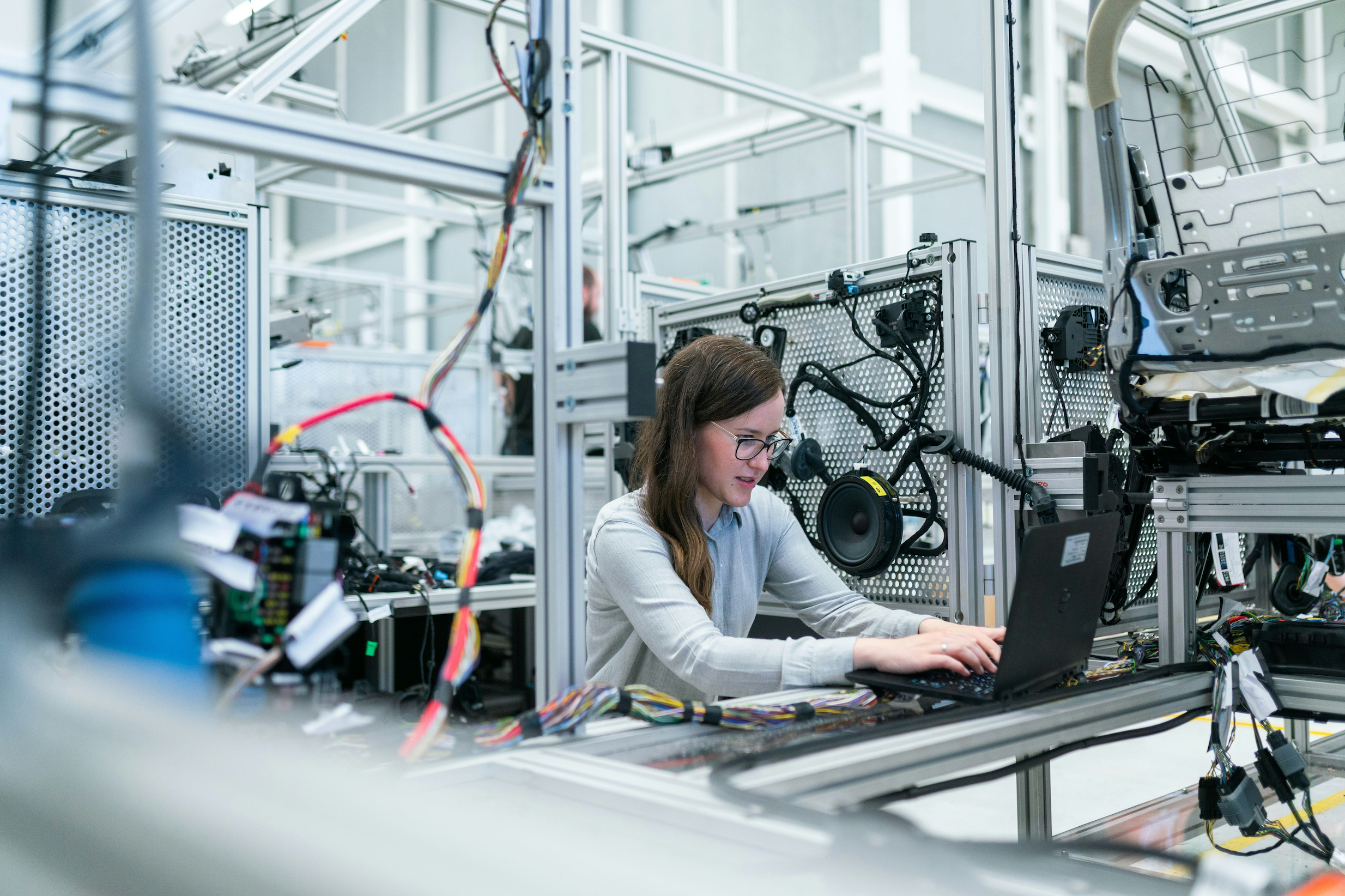Opportunity Report on the New Energy Industry

With the growing global environmental awareness and the push for carbon neutrality, the new energy industry is facing significant development opportunities. Here are the key market opportunities in three areas:
1. Lead-Acid to Lithium-Ion Conversion: Environmental and Cost Advantages
In regions like Europe, America, and Australia, 12V lead-acid batteries are being replaced by lithium-ion batteries due to environmental policies.
Lithium-ion batteries offer higher energy density and longer lifespan, but currently face challenges in reducing costs and improving product reliability.
The market pain points are product stability and the inconvenience of maintenance. Over the next decade, the market for lead-acid to lithium-ion conversion will continue to grow rapidly, with demand focusing on low-cost, high-reliability, and low-power-consumption products.
2. Home Energy Storage: The Combination of Solar and Storage
Driven by carbon neutrality goals and unstable power grids, the overseas home energy storage market is growing quickly.
Home energy storage systems are mainly used to replace or assist grid power supply, with demand concentrated on 16S 48V 100A battery packs, with capacities ranging from 5 to 10 kWh.
The core pain points are the high reliability, integration, and safety of the Battery Management System (BMS), as well as compatibility with mainstream inverter protocols.
The market prefers mature and stable manufacturers over low prices. Over the next decade, the home energy storage market will continue to grow rapidly, and companies need to enhance product reliability and cost advantages.
3. Commercial and Industrial Energy Storage: High-Voltage Storage with High Technical Barriers
The commercial and industrial energy storage market is growing, driven by global carbon policies and the need for peak shaving and valley filling.
Systems typically use high-voltage battery packs ranging from 192V to 1500V, with high technical barriers.
The core pain points are high reliability, integrability, safety, and remote management capabilities. Currently, there are few manufacturers that can provide high-quality BMS.
Over the next decade, the commercial and industrial energy storage market will continue to grow rapidly, and companies need to increase R&D investment to meet high-tech market demands.
Conclusion
The new energy industry is in a period of rapid development, with significant opportunities in the lead-acid to lithium-ion conversion, home energy storage, and commercial and industrial energy storage markets.
Companies need to focus on reducing costs, improving product reliability, and enhancing technical integration, while actively collaborating with mainstream inverter manufacturers to meet diverse market demands.
Over the next decade, these markets will continue to grow rapidly, becoming important growth areas for the new energy industry.